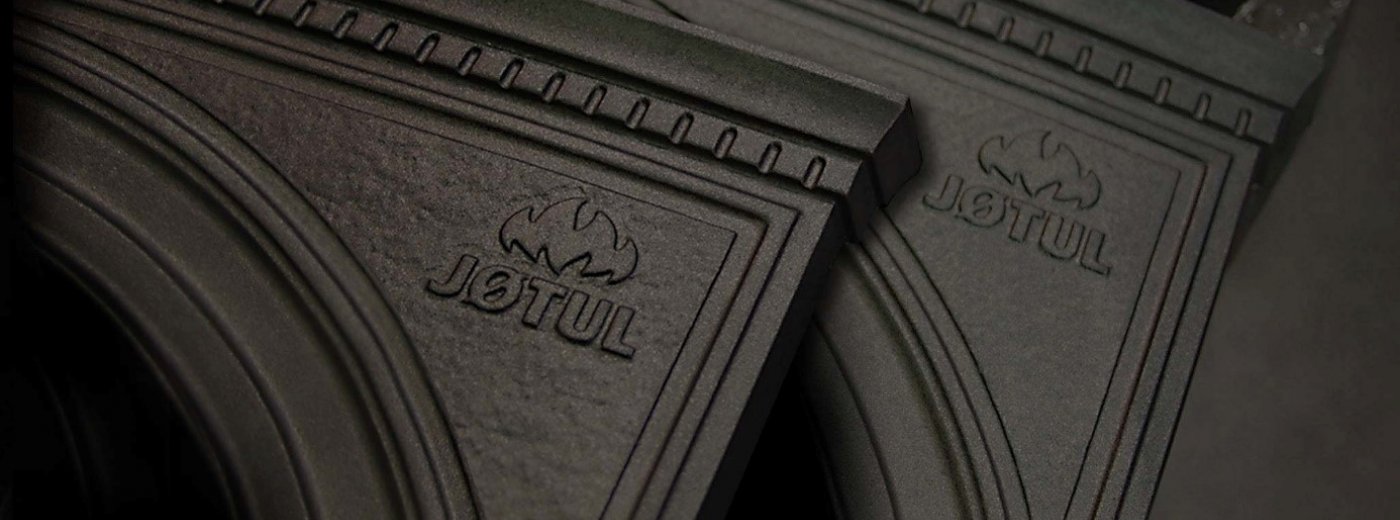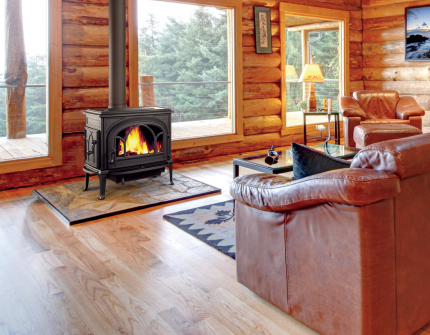Cast iron stove and fireplace insert break-in procedure
Cast iron, while very durable, expands and contracts as it is heated and cooled. After installation, this type of construction requires the stove to be “broken-in” gradually so that thermal expansion does not occur too quickly. The following steps describe the proper break-in procedure

